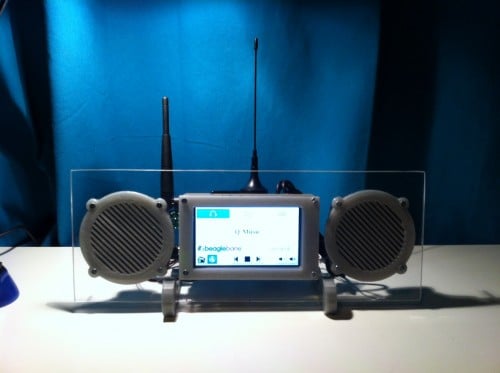Compiling and using DSD 1.7 for D-STAR on Linux
Amateur Radio hobbyist George Smart has recently written a tutorial showing how to compile and install DSD v1.7 on a Linux computer in order to receive D-STAR digital voice. D-STAR is a digital voice protocol used by hams at a frequency of 145.670 MHz.
The tutorial shows the entire set up process from installing the required dependencies to running DSD 1.7 with GQRX by piping audio through UDP into DSD. He also shows how to run DSD 1.7 on a Raspberry Pi.
Note that DSD v1.7 also runs on Windows, and this previous post links to a precompiled Windows binary file.



